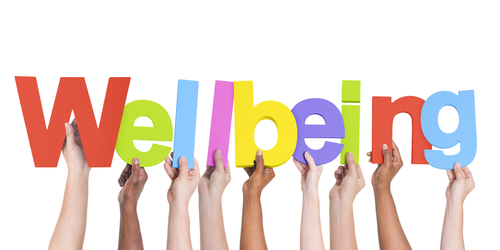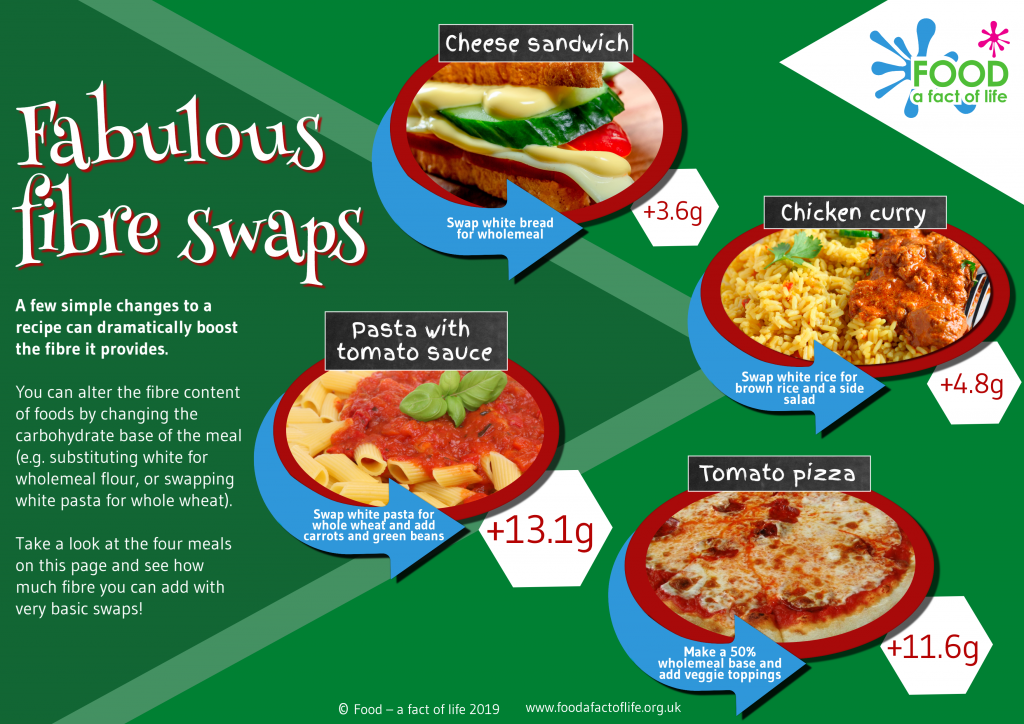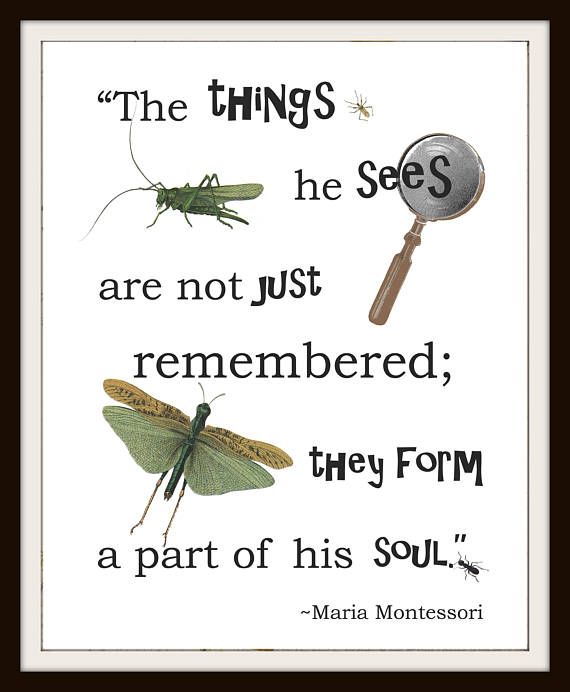
Which type of exercise best improves children’s moods…
Moving our bodies has many benefits for mental and physical health.
You don’t have to exercise for long bursts to get benefits. Instead:
- Brief exercise breaks of 15 minutes of a self-chosen moderate activity are likely to be the most beneficial and also motivating for your children.
- Slip in 15 minute movement breaks between homework and chores.
- Make it fun and be creative. If your child doesn’t like running and walking try dance games or ball games. Or turn your walk into a treasure hunt. For example today we have to find one red leaf, a feather, a rock, and point out a bird.
- Move with them. Most kids love it when their parent joins in the activity. This will boost your daily movement levels too. Why not enjoy the benefits?
Social Emotional Wellbeing
- Pretend play and acting out stories help children express emotions, they learn self-control, relaxation, and imagination all at once. Have your child perform a puppet show with their toys or cut out drawings. Puppet play is a great way to get into a child’s imagination and learn about how they are feeling. Encourage your child to develop their own play; help them set up a space where they can perform, it can be as simple as hiding behind the couch or a cardboard cut-out theatre; agree on the time the performance and be ready to be the audience. Use the time to reach out to grandparents and if possible, connect with them online so that they can watch as well. After the play talk to your child about the characters and how they are feeling; give the child reassurance that things will be back to normal.
- Positive thinking and spreading positivity are great ways to teach children how to help others and keep themselves positive. Get your children to make something for people they care about. Have them paint positive messages and images on rocks or other random objects they have at home, even on a card. Take a picture and send a photo to the person they care about with a message that their special gift will be shared when they next get to meet them in person.
- In confusing, stressful times, having a private space can be incredibly calming. Make one for your child, and find your own, even for a few minutes. This does not need to be elaborate. Even a blanket over a couple of chairs can work to block out overstimulating sights and sounds for a while. Let your child help. Pile in some cosy pillows, favourite stuffed animals, maybe a favourite book, and other calming tools to make it the ultimate relaxation spot. Perhaps add some calming music?
- Recognising children’s emotions and developing strategies for regulating those emotions has positive effects on children’s wellbeing. The “Mood Meter” tool encourages family members to discuss their feelings by using the colours of the Mood Meter. For example, you could say: “It seems you’re in the ‘red’ and you want to feel more ‘green’ is there something I can do to help?”
RED feelings, e.g., angry, scared, and anxious;
BLUE feelings, e.g., sad, disappointed, and lonely;
GREEN feelings, e.g., calm, tranquil, and relaxed;
YELLOW feelings, e.g., happy, excited, and curious.
- Cooking with children can help develop a happy, adventurous eater with some pretty valuable life skills and plenty of happy memories in the kitchen. Whether you use ready or inventing your own recipes make them fun. This will keep both kids’ hands and brains busy. It’s also a fun way to learn maths – for example explain half cup of peas and half a cup of corn = one cup of healthy veggies. When cooking nutritious food that will support their growth and development, you not only building healthy eating habits you are building healthy minds.


MariaM2021